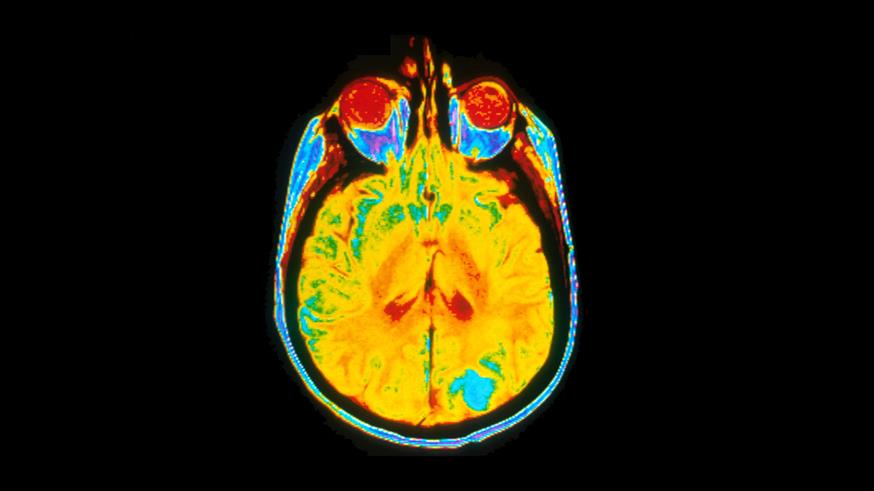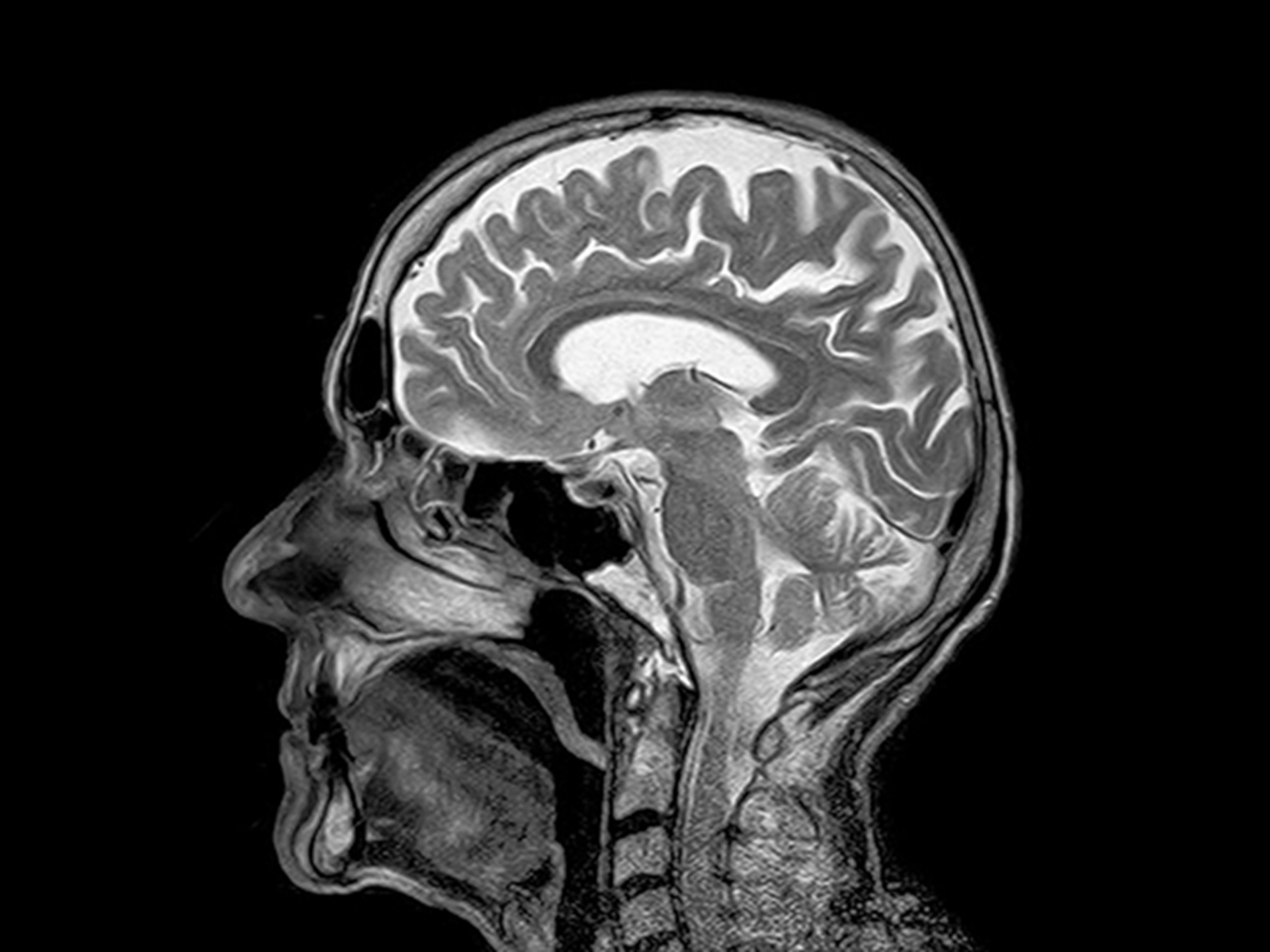
There are five distinct molecular sub-types of the brain cancer glioma, according to findings from the largest ever genetic study of its kind of the cancer.
A new study identifies five types of glioma based on mutations that develop early in the disease, and could help understand the biological mechanisms that trigger gliomas.
The study, published in the prestigious neuropathology journal Acta Neuropathologica, gives an unprecedented insight into the likely causes of gliomas and how they develop.
Understanding the causes of glioma
Glioma is an aggressive type of brain cancer with poor survival outcomes. To improve treatment, more needs to be known about the underlying causes of the disease.
Genetic studies of patients with glioma have identified 25 ‘markers’ in patients’ DNA that influence glioma risk.
These markers – single-letter DNA changes known as single nucleotide polymorphisms – are more likely to be found in people with glioma than without. But how these markers of risk affect glioma development is unclear.
At the ICR, we believe it's important to take into account differences between cancers and individuals as we discover new cancer treatments – an approach known as personalised medicine.
Connections between glioma risk and genetic mutations
ICR researchers, with colleagues in France, studied DNA from more than 1,600 people with glioma for three early forming genetic mutations in the disease.
The researchers, funded in the UK by Cancer Research UK and the DJ Fielding Medical Research Trust, identified five types of glioma with distinct molecular profiles, based on the interactions between the markers and the glioma-driving mutations – called 1p/19q, TERT, and IDH.
They highlighted intriguing clues to the causes of the distinct types of glioma, which might in the future point towards new ways to treat the disease.
The researchers went on to search for interactions between the single nucleotide polymorphisms and other genes, using a technique called Hi-C.
Hi-C allows researchers to ‘fish’ for physical interactions between genes that can be far apart within, or even on different, strands of DNA – but that come together as DNA folds and unfolds, sometimes only at certain times in the life-cycle of a cell.
They discovered a potential role in glioma for several other genes – including several involved in the development of brain cells, and others linked to a network of molecular cell signalling called EGFR-AKT.
Insight into how glioma develops
Professor Richard Houlston said: “Glioma is a devastating disease with an extremely poor prognosis. It’s caused by a cacophony of different cell types and mutations, but the underlying causes of glioma are still largely unknown.
“Our study identifies links between risk markers for glioma and sub-types of the disease.
“These mutations are early events in glioma development, and relationships between molecular profiles and genetic markers that influence glioma risk could provide insight into how glioma develops and pathways critical to glioma susceptibility.
